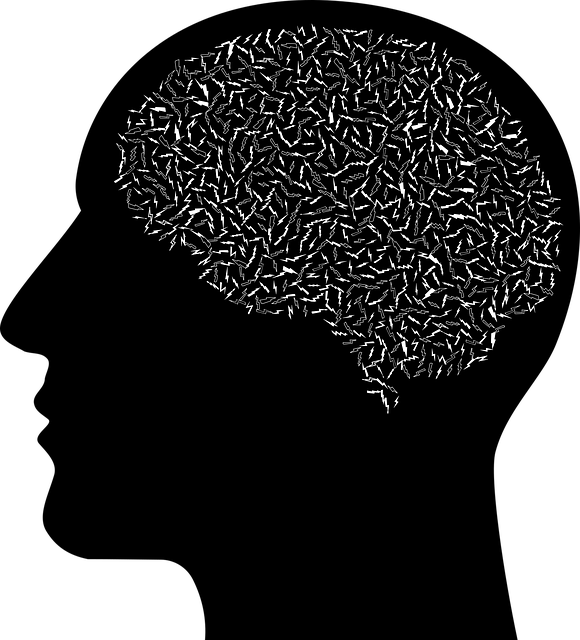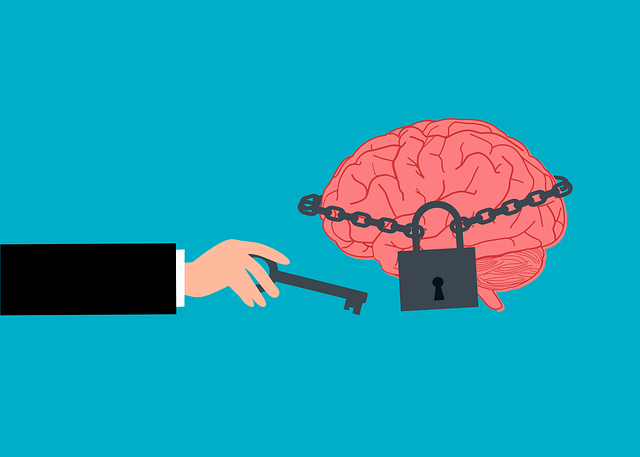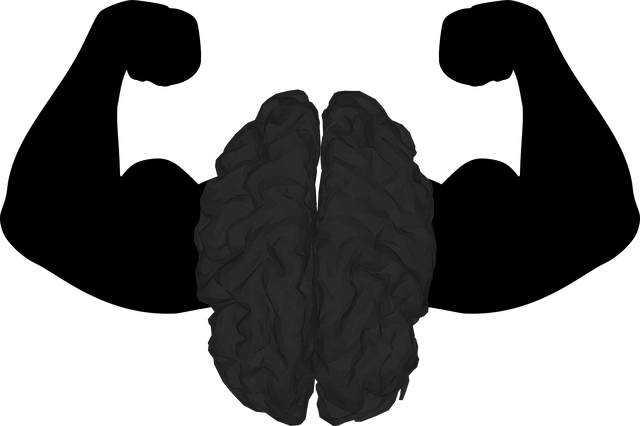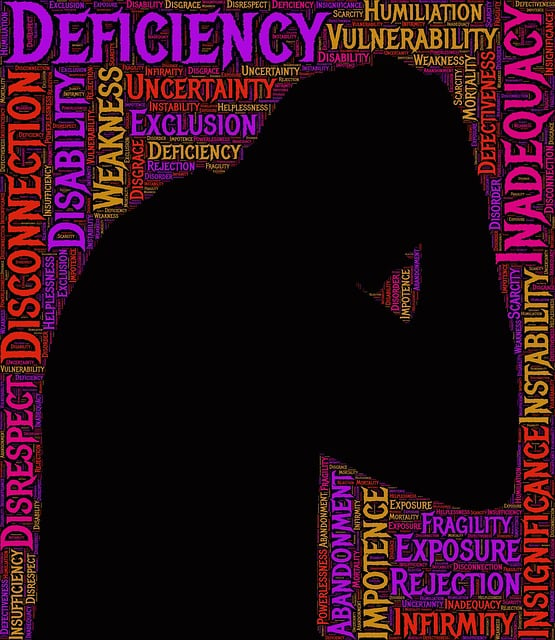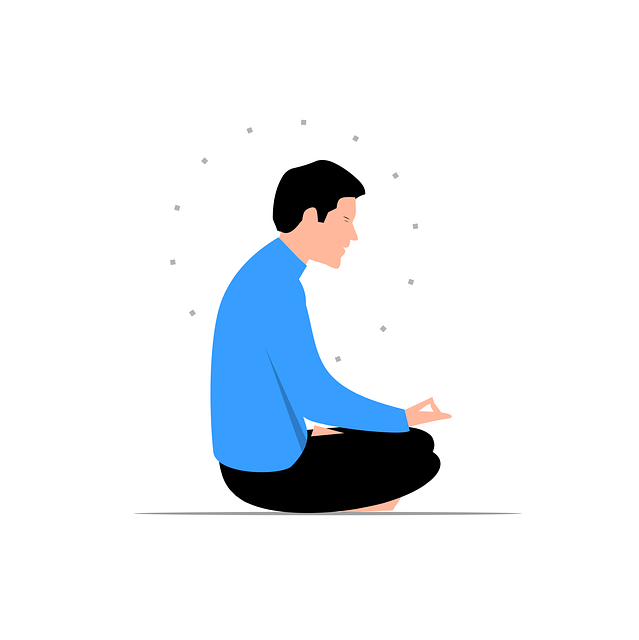Positive thinking exercises, including cognitive reframing, mindfulness meditation, and stress management workshops, are effective therapies for adolescent OCD. These empower teens to challenge negative thoughts and reduce compulsive behaviors, fostering a balanced perspective. Mindfulness meditation enhances present-moment awareness and stress management, crucial for OCD treatment. Personalized therapy plans, tailored by qualified healthcare providers with cultural competency, use evidence-based techniques like CBT and burnout prevention strategies. Daily positive affirmations and visualization techniques challenge negative patterns, build resilience, and reduce OCD stigma. Tracking progress through self-reflection and visual records motivates teens to maintain positive habits and adjust routines as needed.
Positive thinking exercises offer a promising therapy approach for adolescent teens with obsessive-compulsive disorder (OCD), helping them challenge and replace negative thought patterns. This article guides parents and caregivers through implementing these exercises effectively. We’ll explore how to identify triggers and common negative thoughts, develop tailored therapy plans, incorporate daily affirmations and visualization, track progress, and adjust routines as needed. By following these steps, you can empower teens to manage OCD symptoms and foster positive mental health.
- Understanding Positive Thinking Exercises for OCD in Teens
- Identifying Triggers and Negative Thought Patterns
- Developing a Personalized Therapy Plan
- Implementing Daily Positive Affirmations and Visualization Techniques
- Tracking Progress and Adjusting the Exercise Routine
Understanding Positive Thinking Exercises for OCD in Teens

Positive thinking exercises are an innovative approach to addressing Obsessive Compulsive Disorder (OCD) in adolescent teens, offering a form of therapy that focuses on restructuring negative thought patterns into more positive and realistic ones. These exercises aim to help teens challenge their obsessive thoughts and reduce compulsive behaviors by encouraging a more balanced and optimistic perspective. By participating in activities like cognitive reframing, mindfulness meditation, or stress management workshops, teenagers with OCD can learn to identify and change distorted thinking, thereby improving their overall well-being.
The development of public awareness campaigns around OCD has played a significant role in normalizing this mental health challenge among teens. These campaigns often emphasize the importance of early intervention and provide resources for both adolescents and their support systems. Mindfulness meditation is another powerful tool that can be integrated into positive thinking exercises, helping teens cultivate present-moment awareness and reduce the grip of obsessive thoughts. Through regular practice, mindfulness meditation enables better stress management, a crucial aspect in treating OCD effectively.
Identifying Triggers and Negative Thought Patterns

Identifying Triggers and Negative Thought Patterns is a crucial step in implementing positive thinking exercises, especially for adolescents navigating therapy for Obsessive Compulsive Disorder (OCD). Teenagers often struggle with intrusive thoughts and anxious behaviors that can significantly impact their daily lives. By understanding individual triggers, therapists can tailor interventions effectively. Common triggers may include specific situations, people, or objects that consistently evoke negative thought cycles. For instance, a teenager with OCD might experience heightened anxiety when facing crowded places, leading to obsessive doubts about safety.
Recognizing these patterns requires self-awareness and reflection. Encouraging adolescents to maintain thought records can help identify recurring negative thoughts and the triggers associated with them. This process is similar to that of Burnout Prevention Strategies for Healthcare Providers, where mindful identification of stressors is key to managing workload and emotional well-being. Mood Management techniques, such as Mindfulness Meditation, can also be introduced to help teenagers observe their thoughts without judgment, fostering a more positive and balanced mindset.
Developing a Personalized Therapy Plan

Developing a personalized therapy plan is a powerful tool for adolescents navigating Obsessive Compulsive Disorder (OCD). This process begins with understanding the unique needs and experiences of each teen. A qualified healthcare provider specializing in OCD treatment plays a pivotal role here. They conduct thorough assessments, factoring in cultural competency to ensure an inclusive approach, as teens from diverse backgrounds may have varying perspectives on their condition.
The therapy plan is then tailored to address specific symptoms, such as intrusive thoughts or repetitive behaviors. Incorporating evidence-based techniques, like Cognitive Behavioral Therapy (CBT), alongside burnout prevention strategies for healthcare providers and effective stress management workshops within the treatment framework, can significantly enhance the overall effectiveness of the therapy.
Implementing Daily Positive Affirmations and Visualization Techniques

Implementing daily positive affirmations and visualization techniques can be a powerful tool for adolescents with obsessive-compulsive disorder (OCD). These practices offer a form of cognitive therapy, encouraging individuals to challenge negative thought patterns and replace them with positive, realistic self-talk. By consistently affirming their strengths and abilities, teens can build resilience against OCD symptoms. For instance, affirmations like “I am capable of managing my anxiety” or “My thoughts do not define me” can help shift focus towards self-acceptance and empowerment.
Visualization techniques complement this process by enabling adolescents to mentally create peaceful, positive scenarios. Envisioning success and calmness in various situations allows them to practice coping skills proactively. This is particularly beneficial for managing OCD-related anxiety, as it provides an alternative response when faced with triggering thoughts or urges. Incorporating these practices into daily routines, supported by a culturally sensitive mental healthcare approach that respects individual backgrounds, can significantly contribute to reducing the stigma associated with mental illness and fostering effective coping strategies.
Tracking Progress and Adjusting the Exercise Routine

Tracking progress is a vital component of any positive thinking exercise routine, especially tailored for teens struggling with obsessive-compulsive disorder (OCD). Regularly evaluating their thoughts and behaviors allows them to identify areas of improvement and pinpoint aspects that may require further attention. This process can be facilitated through self-reflection journals or structured therapy sessions where adolescents record their daily experiences, obsessions, and compulsions. By comparing these records over time, they can visually observe their progress, which is a powerful motivator for maintaining positive thinking habits.
Adjusting the exercise routine based on tracking data ensures that it remains effective and relevant to each teen’s unique needs. For instance, if a community outreach program implementing stress reduction methods shows initial success but later stalls, healthcare providers can adapt their approach. They might introduce new techniques or modify existing ones, incorporating burnout prevention strategies for themselves and their patients to sustain the therapy’s benefits. This iterative process fosters a dynamic and responsive environment, ultimately enhancing the overall effectiveness of positive thinking exercises in teen OCD therapy.
Positive thinking exercises, when implemented as part of a personalized therapy plan, can significantly benefit adolescent teens with Obsessive Compulsive Disorder (OCD). By identifying and challenging negative thought patterns, these exercises empower teens to manage their OCD symptoms effectively. Daily affirmations and visualization techniques, combined with regular progress tracking, allow for a dynamic routine that adapts to individual needs. This holistic approach to therapy fosters resilience and promotes a healthier mental landscape for teens struggling with OCD, offering a promising game-changer in their journey towards recovery.




